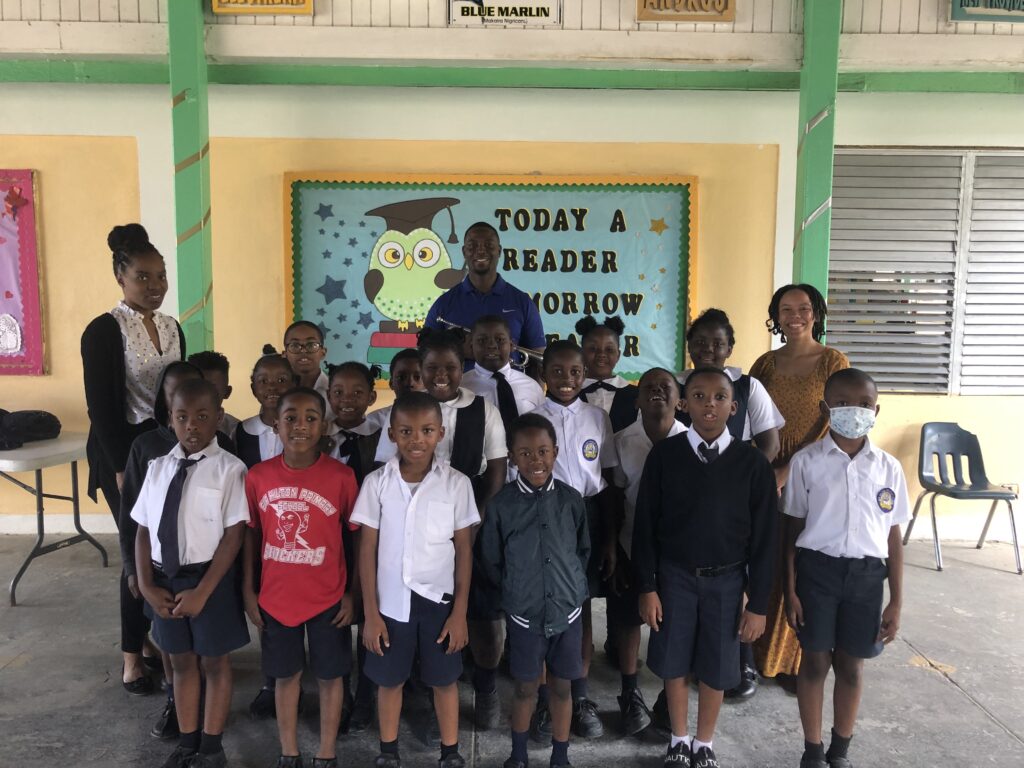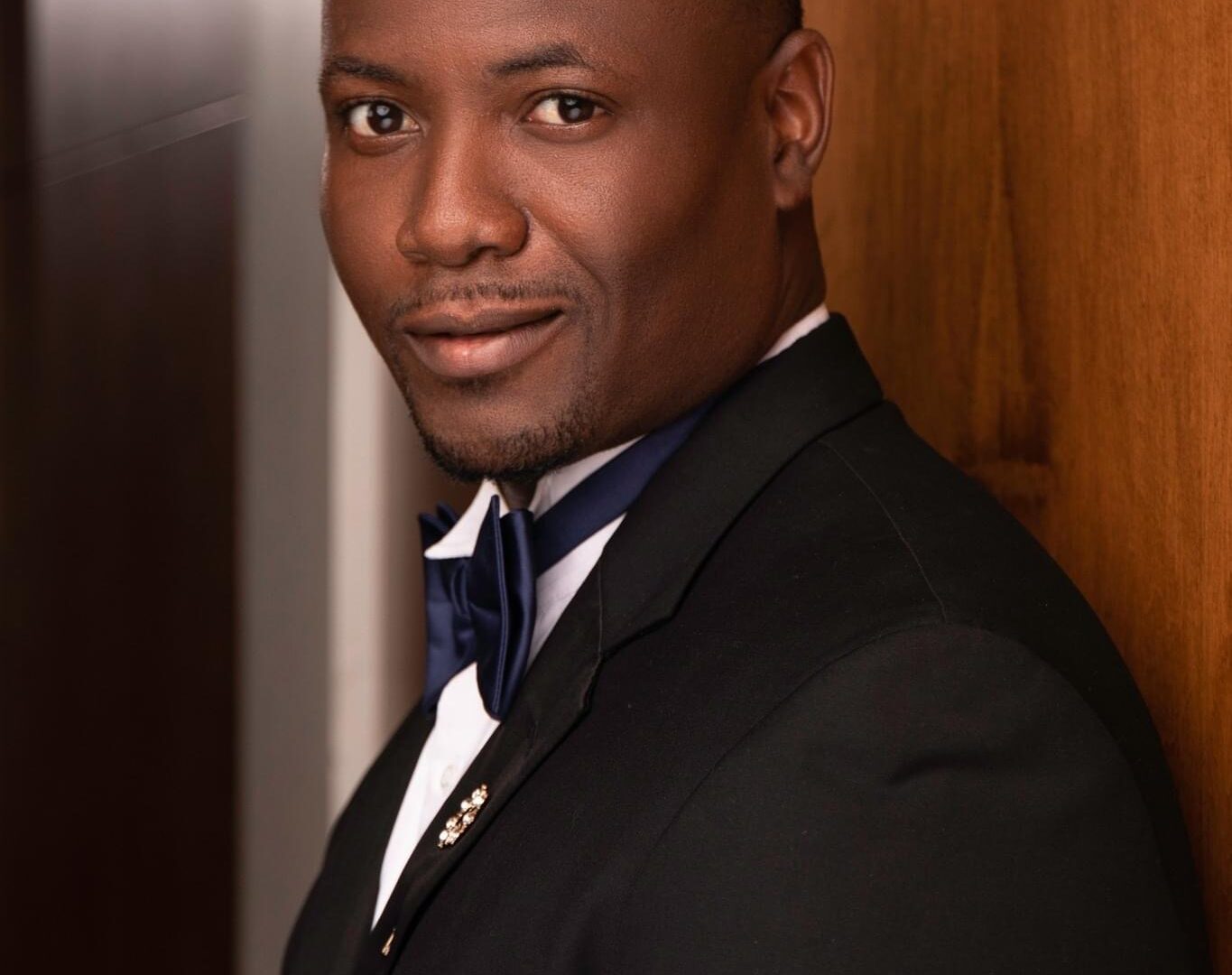Thank you for visiting my site. I am vying for Mr UB, and my platform is Creative Reading, Arithmetic, & Writing Lessons. I humbly look forward to representing the university and sharing my platform with the world. Take a moment to like and share my photos on Instagram and Facebook and learn about my Platform. A portion of my scoring depends on your vote!!
Introduction
I am Jean W. Joseph, a fourth-year Media Journalism and Music Double Major at the University of The Bahamas. I am an avid multi-instrumental musician and composer who loves Junkanoo and DJing. I also love cameras, and digital art – anything creative will get me.
Additionally, I am a voiceover artist and a journalist focusing on Arts and Entertainment with Our News (Cable 12); I use this platform to highlight artists, musicians, and experiences the public should know about. I enjoy storytelling and will continue using my voice to bring light to the stories that are not usually told.
My plans include producing movies and short films, radio dramas, and composing popular music and scores for films.
Creative Reading, Arithmetic, and Writing Lessons (CRAWL)
Creating Paths to Higher Learning by Increasing Numeracy and Literacy
Focus: Using Rhythm and Art to Teach Reading, Arithmetic, & Writing
I want to do my part to help young people get on the right foot and run their best race toward higher education by preparing them with the skills they need to maximize their learning journey in their formative years. I will do this by enlisting the aid of University of The Bahamas students and faculty, civic organizations, and the Ministries of Education and Youth, Sports, and Culture to create and deliver engaging activities to preschool and primary school children to strengthen their numeracy and literacy skills. Hence, they perform better in their early high school and college careers.
Researchers found that early literacy determines a child’s future literacy skills and education outcomes. Getting off to a strong start is essential because those who fall early tend to fall even further behind as they age. Learning achievement and the likelihood of staying in school and transitioning to higher levels of education are tied to early literacy. Fortunately, researchers have identified effective ways like the Tongan Pacific Early Age Readiness and Learning Program to teach children to read alphabetic languages.
Pacific Early Age Readiness and Learning Program
The Tongan school readiness program provided communities with support and assistance to establish community play-based activities (CPBAs). CPBAs were one or two weekly two-hour sessions with groups of 15 children – infants to 5-year-olds – and their caregivers. Volunteer facilitators led them through different “learning through playing” activities, including sensory play (or messy play) through activities such as ice cube painting and glop; playtime to build motor skills and confidence with activities involving balancing, ball skills, rolling, pushing and pulling; and block building, bead threading and painting, colouring, or drawing to improve fine motor skills. Facilitators also led singing sessions where everyone sang and did actions together. Lastly, they read books together to promote early literacy skills.


School Readiness
Children who attended a CPBA were likelier to know which direction to read from, how to hold a book and turn pages, and correctly sound letters. They were more likely to understand how to sort and classify objects by common characteristics and know that a vehicle weighs more than a cup or that a horse is taller than a dog.
Furthermore, the program increased literacy and numeracy skills for girls and boys by 26 and 22 per cent. 3-year-old and 4-year-old girls in the program whose mothers had no high school education learned an additional 28 per cent over their peers who did not attend.
The school readiness program (CPBA) also boosted reading achievement. Some children who participated in the CLRW program had also experienced the CPBA program. Facilitators found positive effects on reading achievement for 2nd-grade girls and boys exposed to one year of the school readiness intervention and 1st-grade girls exposed to two years of the community school readiness intervention.
With seven in ten graduating high school students unprepared for the next step in life, The Bahamas’ under-educated populace is wreaking havoc on the country’s socioeconomic development and its future. Poor education effects everything; high unemployment rates, soaring crime rates, and economic stagnation can all find some part of their root cause in our failing education system. The status quo must change or at the current rate the Bahamas will become a failed state in less than 10 years.
https://www.orgbahamas.com/home-old/education-reform/
BAHAMAS MINISTRY OF EDUCATION’S 10-YEAR EDUCATION PLAN (2009)
| Goal 1: Developing National Curricula that Are More Relevant to the Needs of the Individual and Society |
| Goal 2: Developing National Pride, Civic Responsibility and a Strong Work Ethic in Students |
| Goal 3: Ensuring that Children Leave Primary School with the Required Literacy and Numeracy Skills |
| Goal 4: Meeting the Needs of Special Students |
| Goal 5: Furnishing Schools with the Necessary Teaching Resources and Tuition Supplies |
| Goal 6: Offering Additional Support To Enhance the Quality of the Teaching/Learning Process |
| Goal 7: Encouraging Persons To Pursue Education After Leaving School |
| Goal 8: Increasing the Number of Bahamian Residents Pursuing Post Secondary and Tertiary Education |
